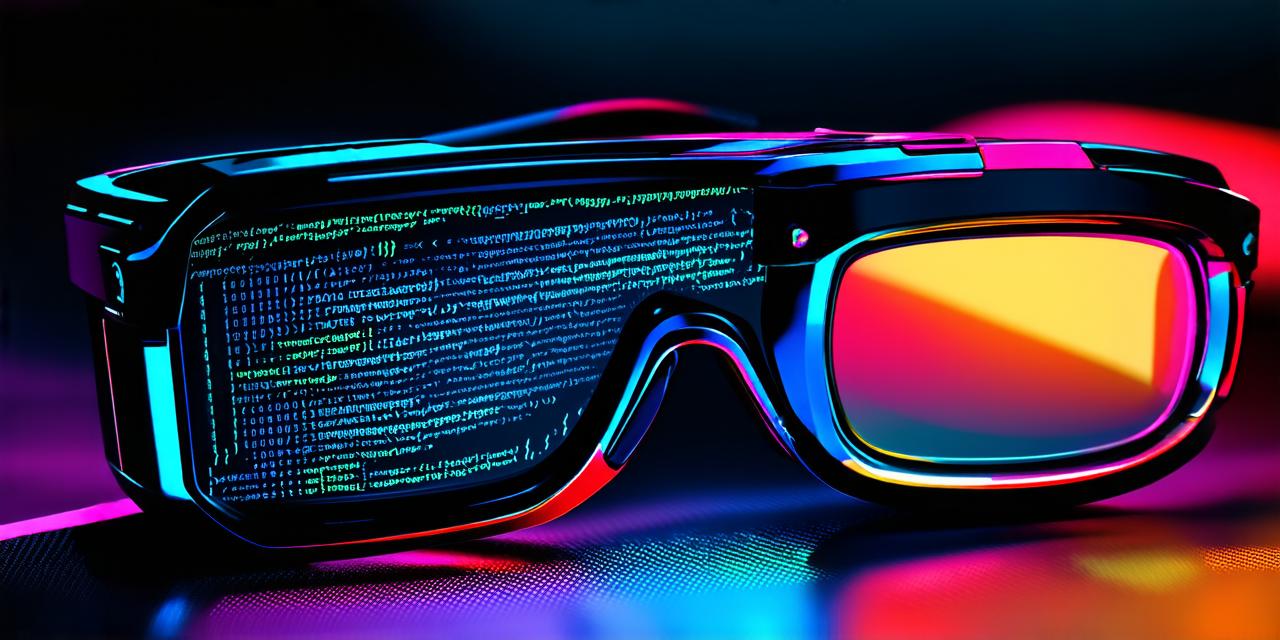Augmented reality (AR) is a rapidly growing field with the potential to revolutionize the way we interact with the world around us. AR technology enables computer-generated content to be overlaid onto the real world, providing users with an immersive experience that blurs the line between reality and imagination. In this article, we will explore the various aspects of AR technology, including its history, uses, and potential applications, and provide a step-by-step guide for creating an AR app for iOS devices.
History:
AR technology has been around for many years, with early examples dating back to the 1960s. One of the first AR applications was called "Head-Mounted Displays" (HMDs), which were used by pilots and astronauts to display additional information about their surroundings. In recent years, the popularity of AR technology has grown exponentially, with the introduction of smartphones and other mobile devices providing a more accessible platform for this technology.

Uses:
AR technology has many potential uses across a range of industries, including gaming, marketing, education, healthcare, and manufacturing. One popular use case is in gaming, where AR apps like Pokémon Go have become incredibly popular. In marketing, AR technology can be used to provide customers with interactive product demonstrations or to create immersive brand experiences. In education, AR technology can be used to enhance learning by providing students with a more engaging and interactive experience. In healthcare, AR technology can be used for surgical planning or to provide patients with virtual reality simulations to help manage pain. In manufacturing, AR technology can be used to improve production efficiency by providing workers with real-time information about their tasks and allowing them to visualize complex designs.
Potential Applications:
The potential applications of AR technology are virtually limitless. One exciting application is in the field of interior design, where AR apps can be used to allow customers to see how different furniture and decor options would look in their home before making a purchase decision. In the automotive industry, AR technology can be used to provide drivers with real-time information about road conditions or to help them navigate complex intersections. In the field of medicine, AR technology can be used for remote surgeries or to provide patients with virtual reality simulations for pain management.
Creating an AR App for iOS Devices:
If you are interested in creating an AR app for iOS devices, there are several steps you will need to follow. First, you will need to choose your AR framework. There are several options available, including Vuforia, Wikitude, and ARKit. Each framework has its own strengths and weaknesses, so it’s important to choose the one that best suits your needs.
Once you have chosen your framework, it’s time to start creating your AR content. This can include anything from simple 3D models to complex interactive experiences. When designing your AR content, it’s important to keep in mind the user experience and how they will interact with your app. You should also consider the performance requirements of your app and ensure that it will run smoothly on a range of devices.
After you have created your AR content, it’s time to start developing your app. This will involve integrating your AR framework with your content and creating an interface for the user. When developing your app, it’s important to test it thoroughly on a range of devices and platforms to ensure that it works as intended.
Finally, once your app is complete, you will need to publish it in the
